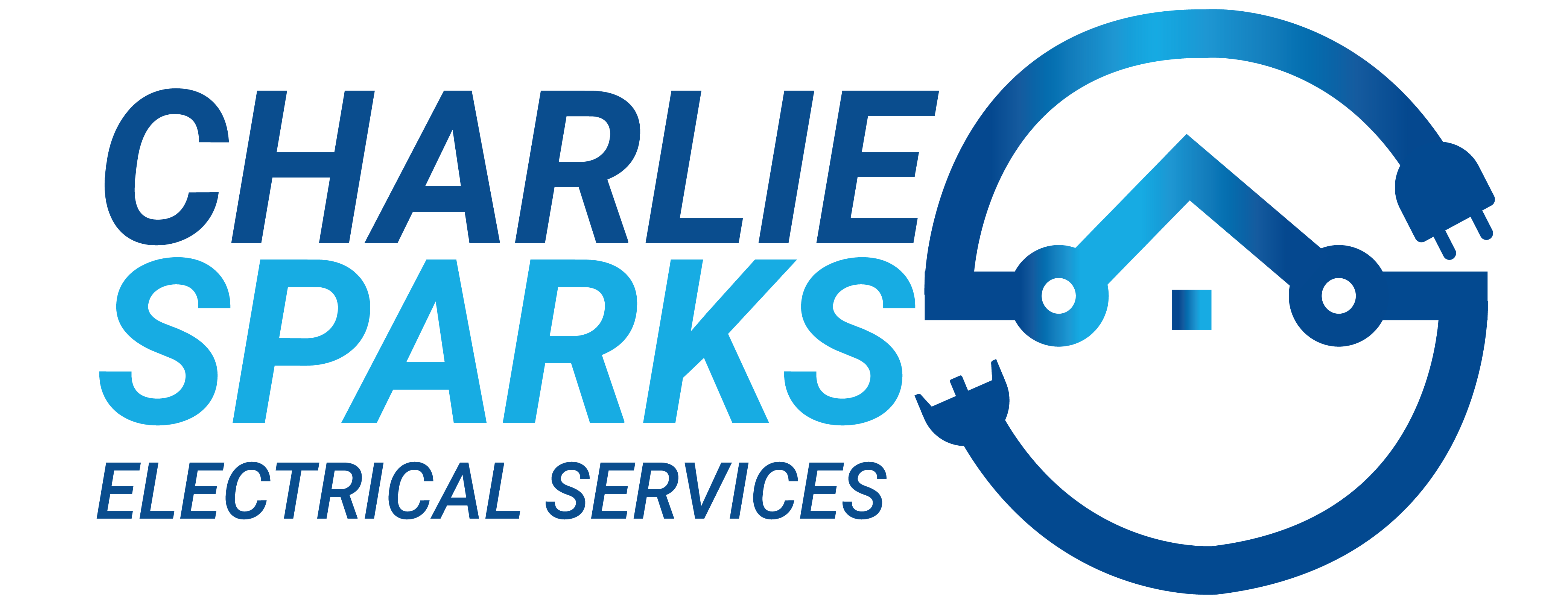Seven Solar Panel Myths Busted!
Environmental concerns have resulted in an increased appreciation for renewable forms of energy.
Today, solar power tops the list of most preferred energy sources in Australia. Yet, there are several misconceptions surrounding how the system works. Therefore, some homeowners often postpone their decision to install solar panels in Sydney.
No worries. Charlie Sparks’ myth busters are here to clear up the skepticism.
Manufacturing Photovoltaic Panels Results In Far More Pollution And Power-Consumption
Coal and nuclear power advocates often promote weird myths. For example, they suggest mining raw materials for producing panels; their transportation and installation result in a massive carbon footprint.
What is the reality?
Solar panel manufacturing has become far more efficient due to advancements in technology. Studies conducted in the past have already proved that these boards recover their carbon cost within around 1.6 years.
You can expect the rooftop solar system to produce electricity for 25-30 years without panel replacement.
On the other hand, think about the pollution caused by coal mining or nuclear plant accidents worldwide. Aren’t renewable energy sources better?
Panels Can Help Keep The House Completely Disconnected From The Grid
Rough estimates indicate that an average Australian home with four persons may use 17 to 20 kWh daily. The consumption varies according to the season and HVAC usage.
Now, you might ask, how much energy does a typical solar system produce? Can I rely on solar power alone to meet the house’s needs?
As you probably have a slight idea, the panel size, location, angle, tilt, the intensity of the sunlight on the roof, and the surrounding landscape dictate the amount of energy it can produce. Plus, the number of sunny days vs. cloudy also plays a minor role. However, the general calculation is that a 4kW solar system can generate 16kWh of power each day when weather conditions are favorable.
Conclusion? The electricity generated by panels will surely take care of your needs during day time. But, you would still need electricity from the grid at night and on rainy winter days.
You certainly wish to use heavy appliances during the evening and night. So, despite using a home solar battery, you won’t be able to keep the house wholly disconnected from the grid.
Do Panels Produce Zero Power During Foggy And Overcast Days?
Can panels generate electricity during cloudy, foggy days? What do you think?
The answer is simple: the sun’s ultraviolet light is enough for cells to start producing energy. So, you surely won’t have to rely entirely on the grid during foggy and overcast days. In fact, some solar panels perform better in cooler temperatures.
Need case studies? Here you go.
Germany records a considerable number of cloudy days and cooler temperatures. Yet the nation has retained its position as Europe’s leader in renewable energy. Deutschland manages to set new records when it comes to solar energy production each year.
Photovoltaic Panels Are Complicated To Install And Maintain
Installing solar panels is a straightforward process. As boards are mounted on the top of the roof, they do not result in any damage. The gap between the roof surface and panels is filled with a sealant material. To be on the safer side, let a licensed and experienced installation specialist handle the project.
Cleaning is not a problem. The system does not need much care or maintenance.
You can get rid of debris and dust trapped in the panels with the help of simple water after switching off the system.
Panels Can Get Damaged Due to Harsh Climatic Conditions
Boards are installed in a way they can withstand hail and other harsh weather conditions without problems. Most systems can survive in temperatures as high as 85°c and low as -40°c. Panels are sturdy and are passed through tough tests to ensure they are ready for the world.
Bigger System Can Help Make Money By Generating Electricity And Exporting It To The Grid
Several homeowners think extensive systems can generate more power than their requirement, and they can make money by sending additional electricity to the grid at all times.
The strategy may not always work. But why?
Well, that’s because exporting electricity to the grid during non-peak times does not help gain credits. In fact, some retailers and states are considering charging a fee to homeowners for sending electricity to the grid when it is not required.
Therefore, unnecessarily covering every inch of your roof with panels is a bad idea. Instead, choose a solar power system depending on your house’s energy consumption.
Solar Panels Need A Decade To Pay Themselves Back
Are panels too expensive? Within how many years can homeowners recover their investment? Well, depending on the type of system (grid-connected or off-grid with batteries), you can achieve total payback within three to five years. Plus, several federal and state-run incentives exist for purchasing solar panels and storage batteries. You can call Charlie Sparks and discuss the applicable schemes with our specialists.




